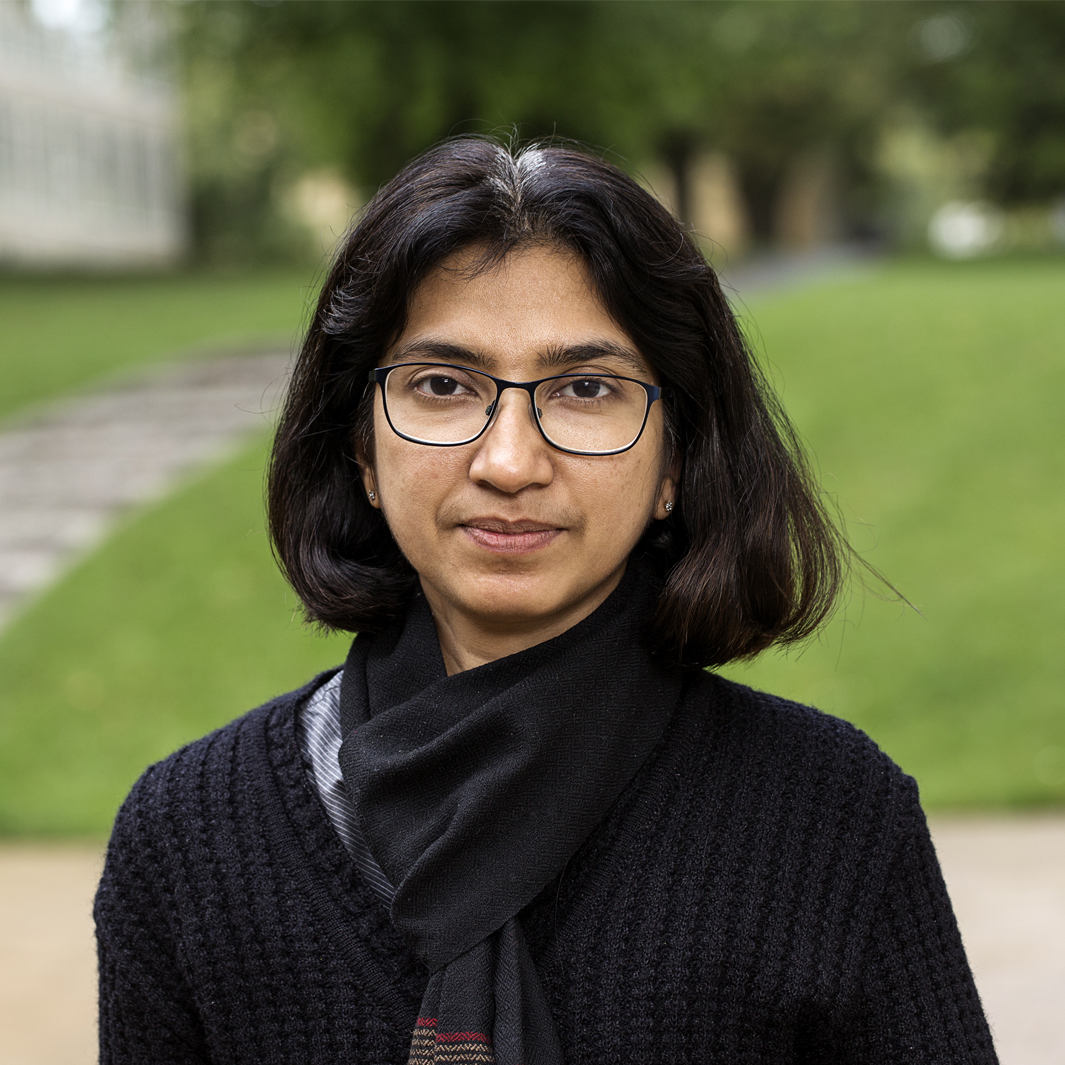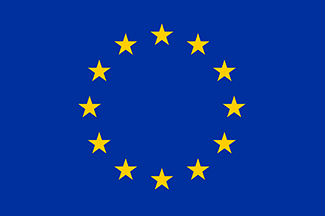
This project will use innovative, and complementary, remote sensing techniques to study land cover dynamics, especially changes in woody vegetation cover, to support biodiversity conservation and carbon sequestration. Airborne Laser Scanning (ALS), using the technique of Light Detection and Ranging (LiDAR), has advantages over other remote sensing techniques in characterising the three-dimensional structure of vegetation. Remote sensing using low-cost Unmanned Aerial Vehicles (UAVs) is another research area which has made rapid advances in recent years. In addition, newly launched satellites provide imagery at better spectral and spatial resolutions than before, and often are free of cost. The main objectives of the project are to develop methods for the rapid assessment of changes in woody vegetation cover, for the identification of forests of High Nature Value, and to identify indices for the quality of urban green networks, using the above datasets. This project will thus support the development of conservation strategies that give due importance to the ecosystem services provided by both grasslands and forests.
Project title:
Innovative remote sensing techniques for developing green infrastructure strategies to support biodiversity conservation and carbon sequestration
Area of research:
Remote Sensing
Fellowship period:
1 Oct 2017 – 30 Sep 2020
Fellowship type:
AIAS-COFUND Marie Skłodowska-Curie fellow

This fellowship has received funding from the European Union’s Seventh Framework Programme for research, technological development and demonstration under the Marie Skłodowska-Curie grant agreement No 609033 and The Aarhus University Research Foundation.
